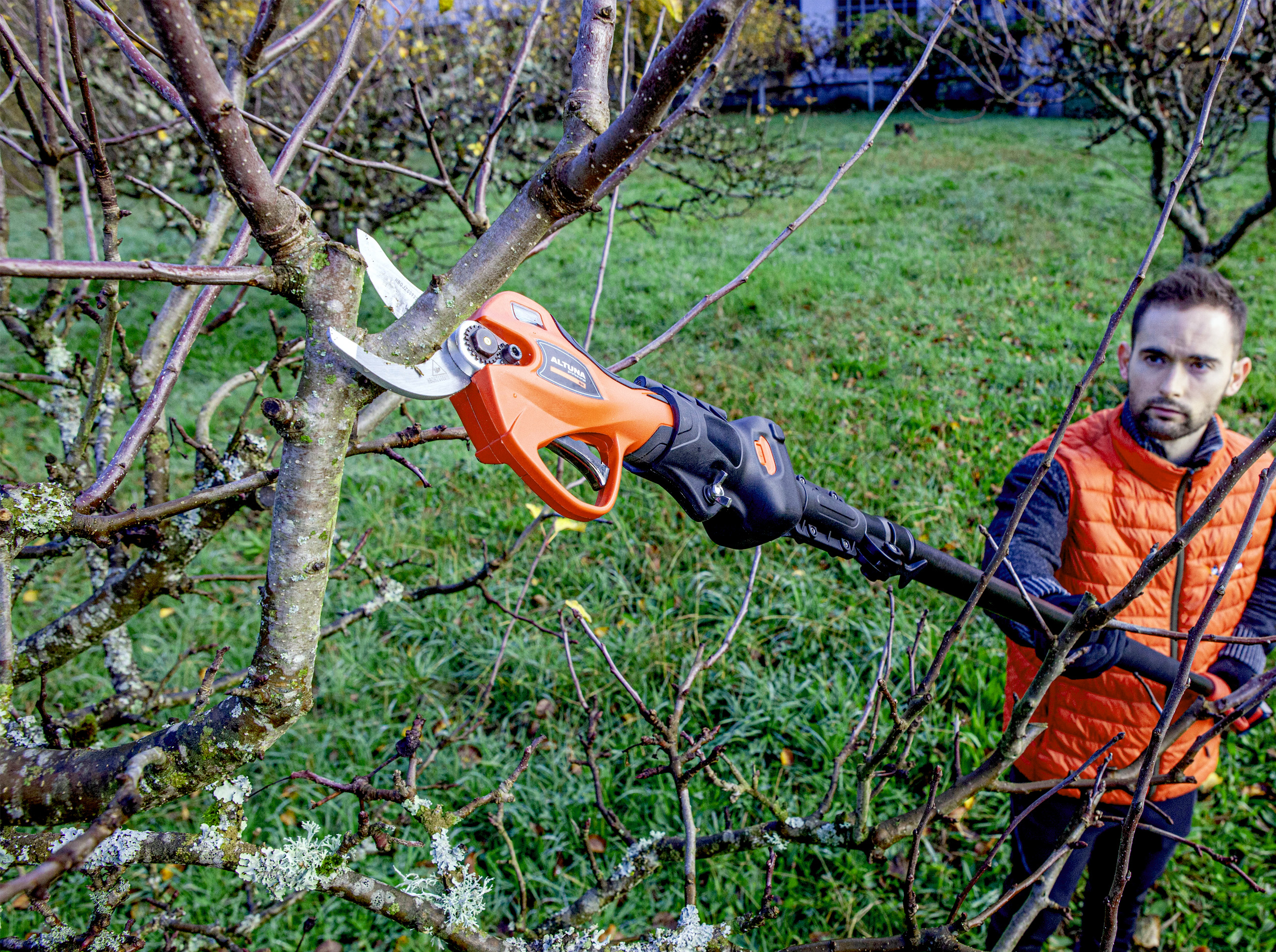What is pruning and what pruning techniques exist?
What is pruning
Pruning is a gardening and agricultural practice that involves the selective removal of parts of a plant, such as branches, leaves, or shoots, for the purpose of improving its health, shape, and productivity. Pruning is performed for several reasons, including:
Stimulate growth: Pruning can encourage the growth of new branches, leaves or flowers by removing old or damaged parts of the plant.
Stimulate growth: Pruning can encourage the growth of new branches, leaves or flowers by removing old or damaged parts of the plant.
Improved health: Removing diseased, dead or damaged branches can prevent the spread of diseases and pests on the plant.
Increased production: In agriculture, pruning is used to improve fruit, flower or crop production by removing branches or shoots that are not productive.
Safety: Pruning trees near buildings or roads is done to reduce the risk of falling branches and improve safety.
Pruning should be done carefully and with knowledge, as a bad cut can damage the plant rather than benefit it. Pruning techniques vary according to the type of plant and the intended purpose, so it is important to learn about the specific needs of each species before pruning.
Pruning techniques
There are various pruning techniques used in gardening and agriculture, and the choice of the appropriate technique depends on the type of plant and the desired result. Some of the most common pruning techniques include:
Cleaning pruning: This consists of removing dead, diseased, damaged or weak branches from the plant. This technique helps to improve plant health by preventing the spread of diseases and pests.
Formative pruning: This is used to shape a tree or shrub while it is young. It guides the growth of the plant by removing unwanted branches and encouraging the formation of a suitable structure.
Rejuvenation pruning: This is applied to mature plants that have lost vigour. It consists of cutting the plant close to the ground, removing old wood and encouraging the growth of new branches and shoots.
Thinning pruning: This involves the removal of excessive and congested branches or shoots to improve air circulation and light penetration. This helps to reduce plant density and stimulates the growth of larger, healthier fruit.
Fruiting pruning: This is carried out on plants that produce fruit, such as fruit trees. It consists of the selective removal of branches or shoots to promote the production of higher quality fruit.
Renovation pruning: Used to regenerate a shrub or perennial that has aged or become untidy. The plant is cut back to near ground level, allowing new stems to sprout.
Trellis pruning: This technique is used on climbing plants, such as vines or roses, to guide the growth of the stems on a flat structure, such as a wall or fence.
Hedge pruning: This is used to shape and maintain dense and uniform hedges. It involves trimming the branches and shoots of the hedge on a regular basis to maintain its desired shape.
It is important to remember that the time of year the pruning is done and the way the branches are cut are also key factors in the success of the pruning technique. Plants may respond differently to pruning depending on the season and their species, so it is essential to research and follow plant-specific guidelines before beginning the pruning process.










